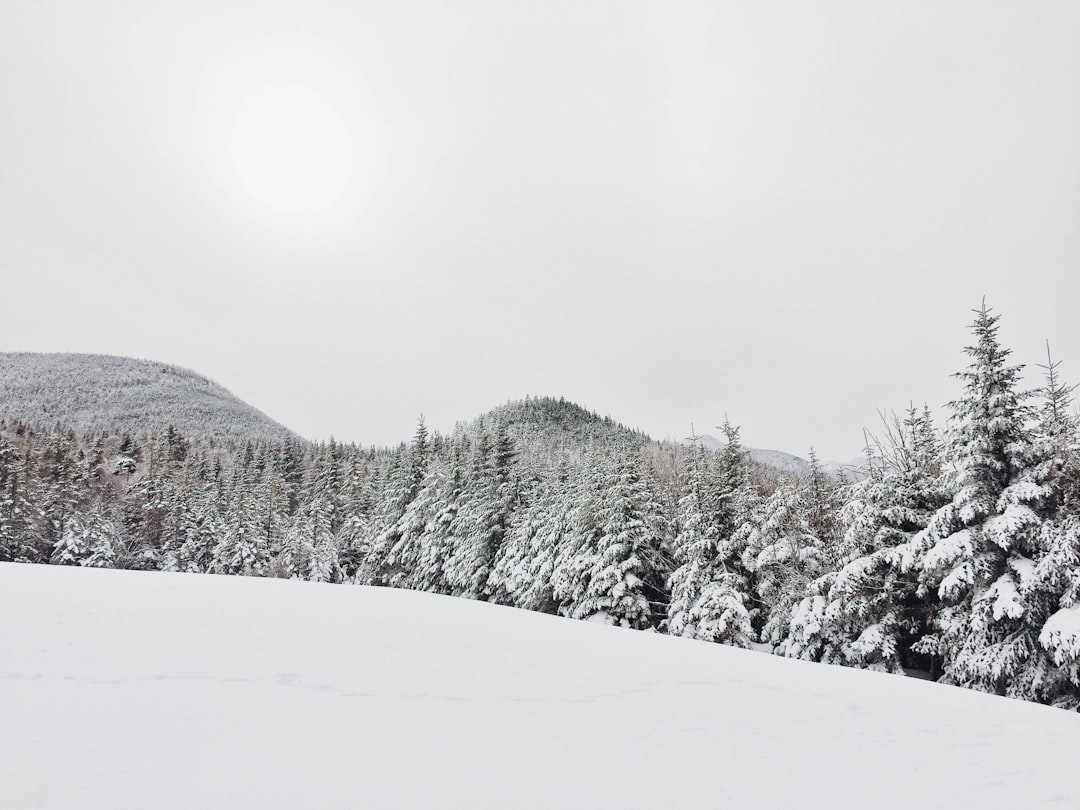What is it about?
We examine the thickness of the Earth's crust beneath the broader European Alpine region by analyzing data from distant earthquakes (known as teleseismic events) using a method called receiver functions. This method involves studying seismic waves to understand the structure of our planet. By analyzing a large amount of seismic data, we create a new map that shows the depth of the Moho, which is the boundary separating the Earth's outer crust from the deeper mantle, in the wider European Alps area. Our findings reveal valuable information about the thickness of the Earth's crust in this region. All codes and datasets used for this study along with the results are openly accessible.
Featured Image

Photo by Sies Kranen on Unsplash
Why is it important?
We use an exceptional amount of seismic waveform data, receiver functions, and time-to-depth migration in a spherical coordinate system, to update the knowledge of the crustal thickness (i.e., Moho discontinuity) beneath the European Alps. Our results offer new clues for understanding the present-day structure of the Alps and the geological history of the region, particularly in 3D geodynamic modeling.
Perspectives
Our findings hold the potential to offer valuable insights for exciting interdisciplinary investigations in imaging and numerical modeling across the broader European Alps.
Konstantinos Michailos
Read the Original
This page is a summary of: Moho depths beneath the European Alps: a homogeneously processed map and receiver functions database, Earth System Science Data, May 2023, Copernicus GmbH,
DOI: 10.5194/essd-15-2117-2023.
You can read the full text:
Contributors
The following have contributed to this page










